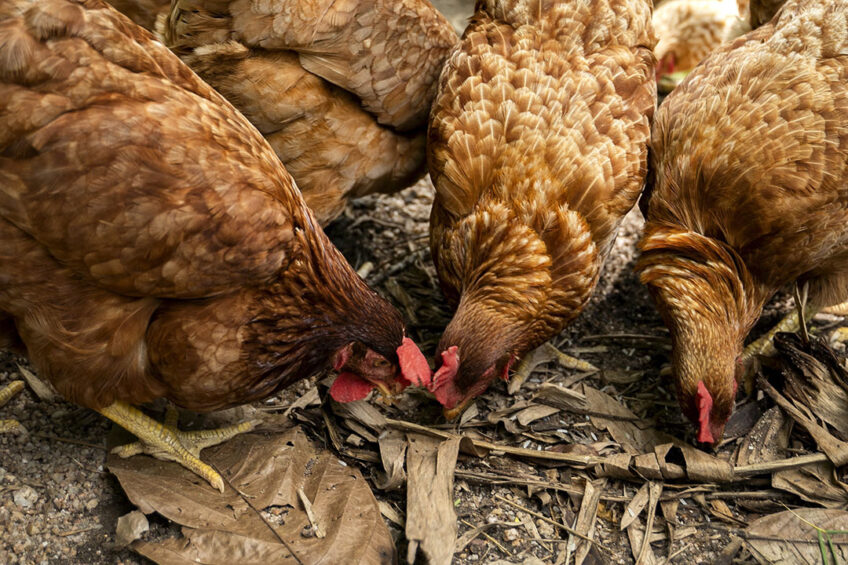Vietnamese poultry sellers face tough competition from imports

The local consumption of chicken in Vietnam has seen an increase in recent years, but the signing of free trade agreements and ongoing smuggling of poultry had led to fierce competition in the local market.
Local poultry farmers face increasing costs, as seen around the world. Locally, bran prices increased 6 times within just 6 months. Another factor that has impacted local producers is the decline in the land fund for livestock in the country. The Law on Livestock 2018 regulated that livestock production would no longer be permitted in the inner city. And, due to the recent increase in housing prices, many households choose to sell their land or stop raising livestock to make a profit.
Ministry urges prevention of illegal imports
Vietnam’s Ministry of Agriculture and Rural Development has issued a message aimed to prevent illegal trading and smuggling of poultry into the country to prevent the risk of disease infection. The ministry is urging provinces and cities to strengthen inspection, supervision, and control, especially at border points, making specific mention of southern border provinces.
They have also arranged “propaganda for people in border areas about the dangers of avian influenza and the harms when trading and transporting poultry without quarantine and of unknown origin”, according to the Dong Nai Animal Husbandry Association.
Vietnam authorities have also tightened sales, imports and exports of poultry at border crossings following 2 human infections with avian influenza A H5N1 reported in Cambodia.
Poultry population and consumption on the rise
The total chicken population of Vietnam, including white-feathered chickens, coloured chickens and egg-laying hens, was 498 million in 2020 and is predicted to rise to about 555 million this year, reports Vietnam Net Global.
In 2021, an average of 17.8 kg per person was consumed in Vietnam, according to local media. This figure increased to 18.3 kg per person in 2022 and is forecast to continue to climb. In terms of trade, the country imported 178,000 tonnes of chicken meat in 2022, reaching a value of US$237 million. In contrast, however, Vietnam exported just 1,000 tonnes, valued at US$2.2 million.












